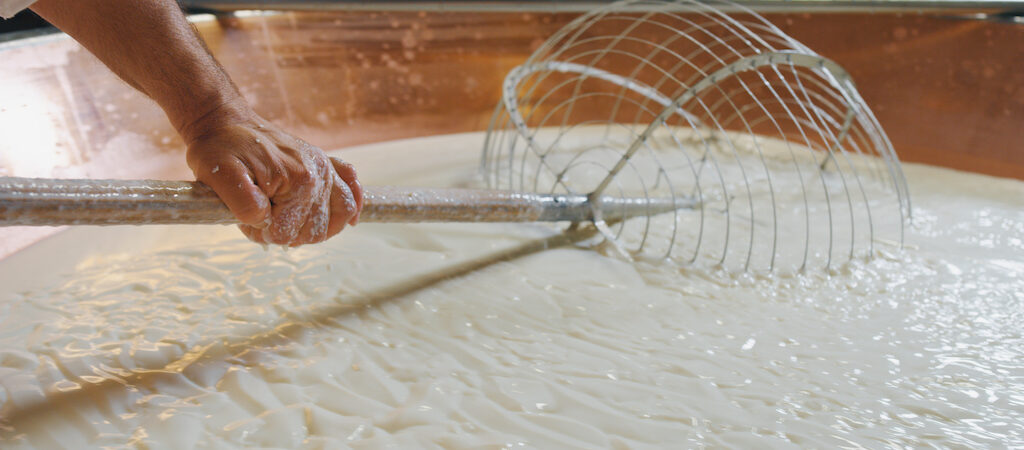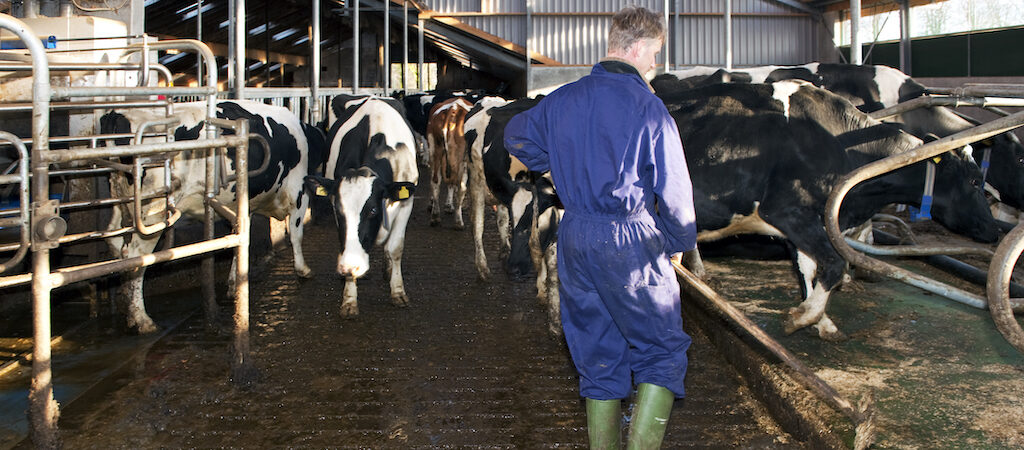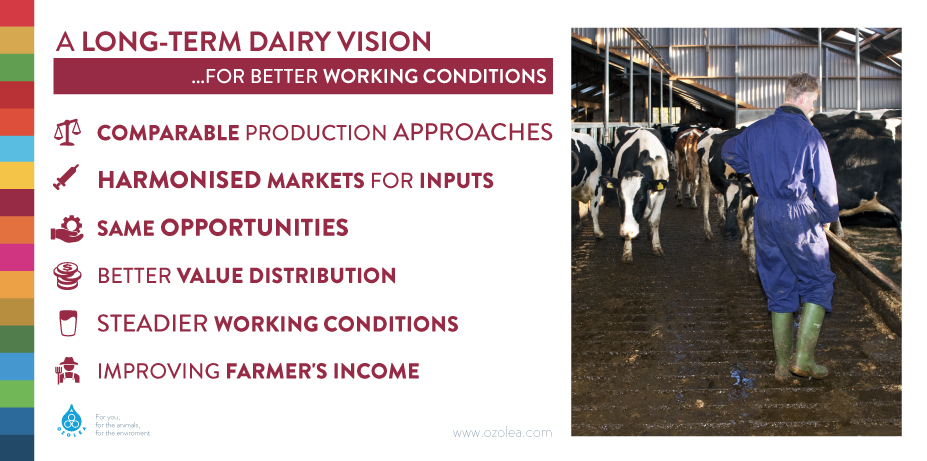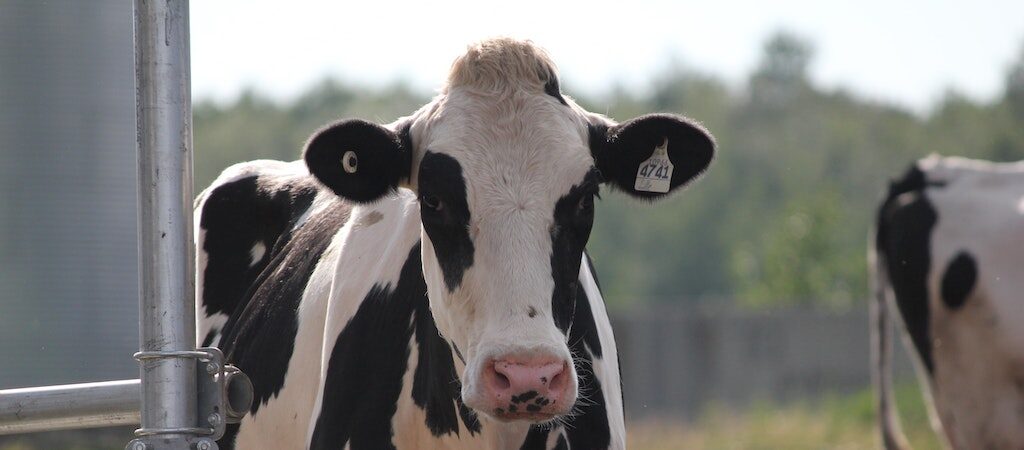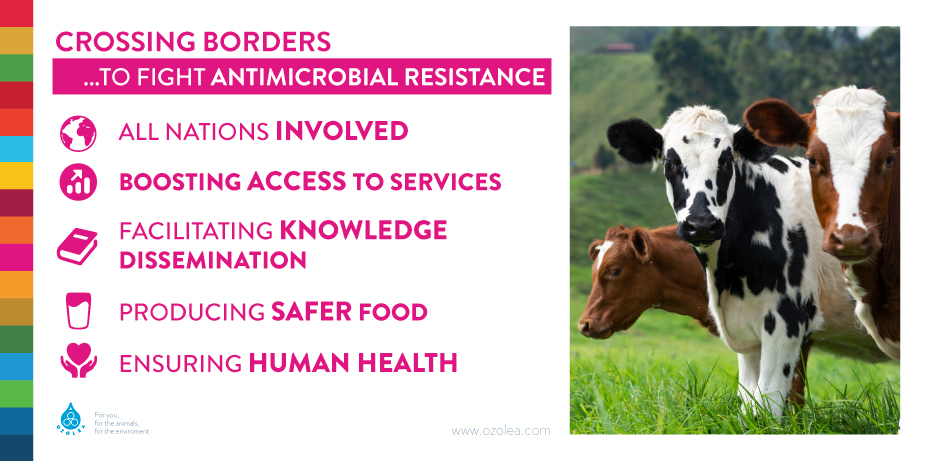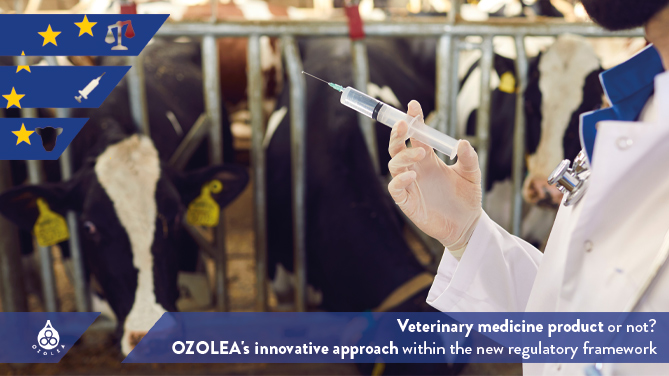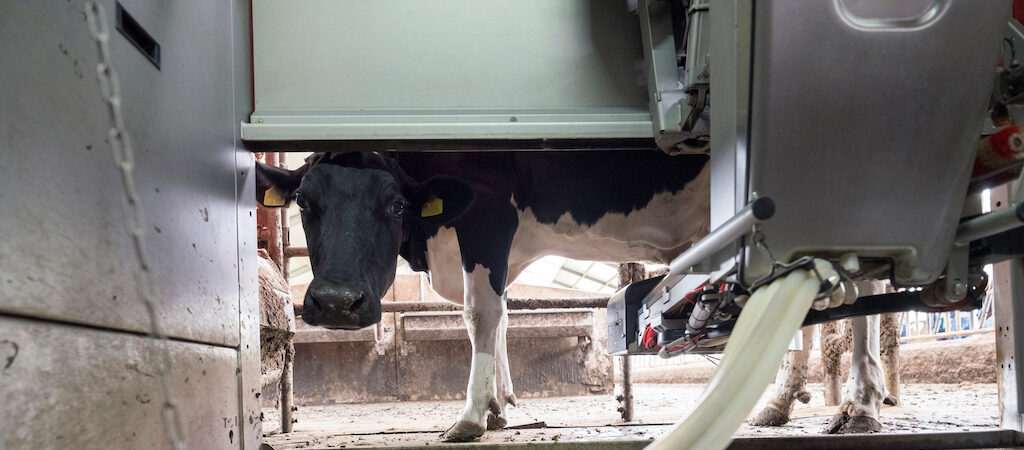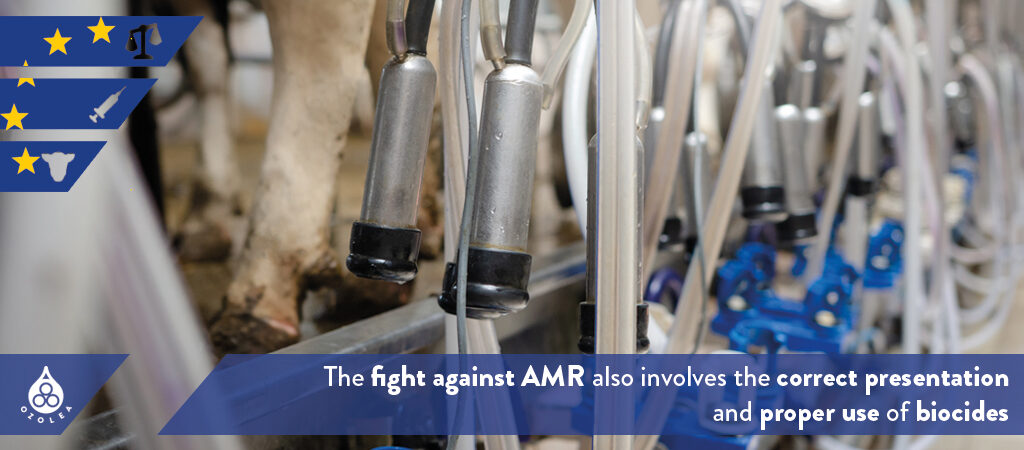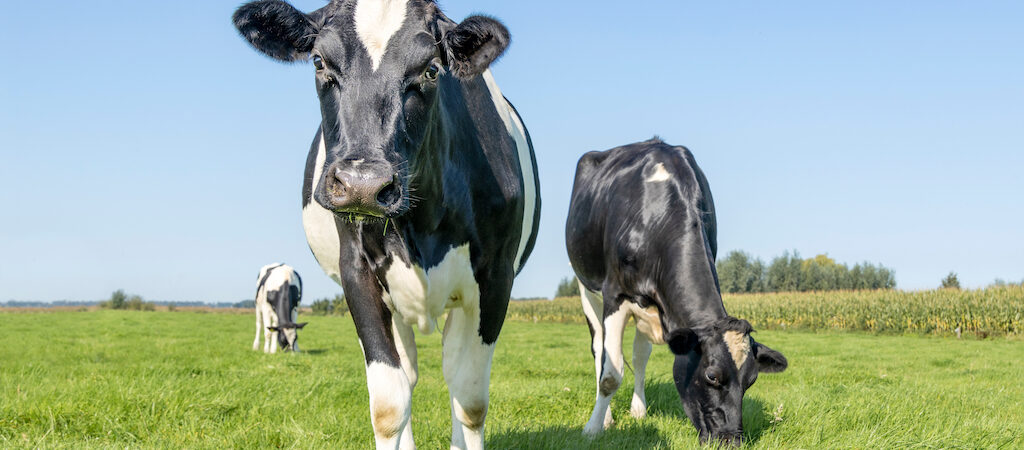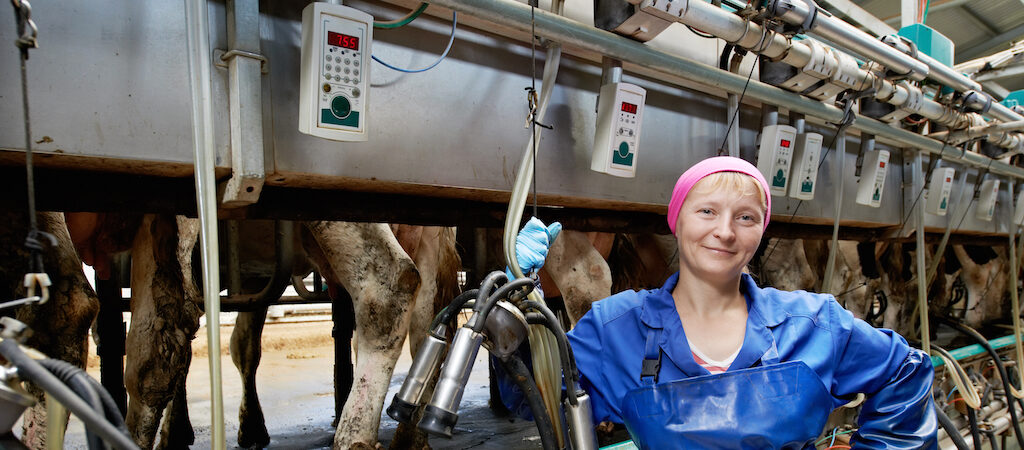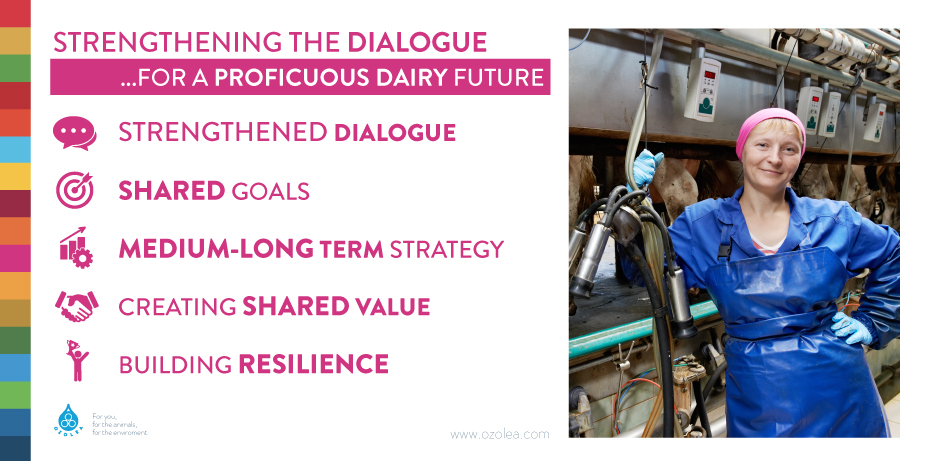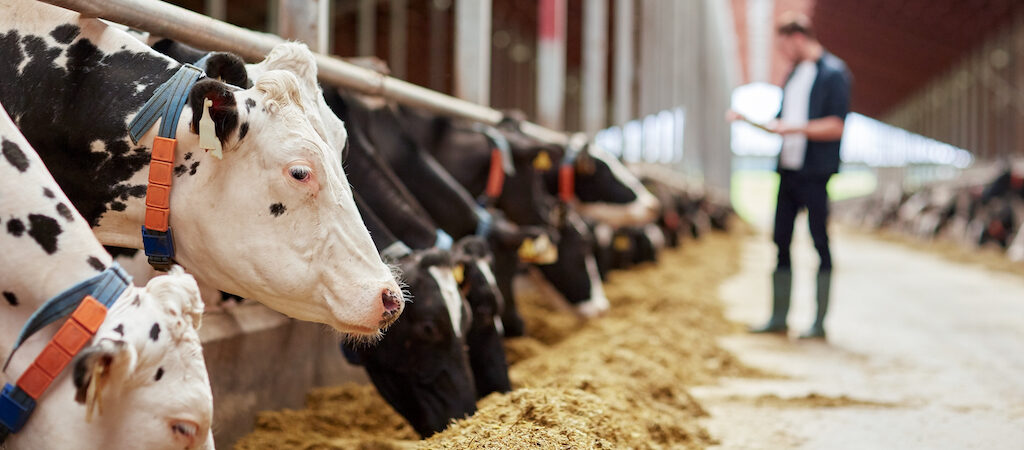Alterations in milk reflect the degree of physical damage to the udder tissue.
In clinical and subclinical mastitis, the blood-milk barrier is damaged, thus junctions between mammary epithelial cells weaken. This is the way for blood and extracellular fluid components to easily escape into the lumen of the alveolus and mix with milk, increasing its pH and its properties.
In the milk we will have more ions, proteins, somatic cells – that are inflammatory cells and epithelial cells resulting from exfoliation.
We also know that, with infections in the udder, somatic cells increase in milk. The SCC in milk can be related also to non-microbial factors that affect the udder tissue (changes in environmental conditions, nutritional disorders, stressful conditions, microtraumas, etc.).
A SCC lower than the threshold of 200,000 cells/mL is generally considered to be of high practical value to assess a mammary quarter as healthy.
The number of somatic cells in milk are therefore a good indicator for udder health status and quality of milk. Moreover, while SCC increases in the milk, the ability of the mammary gland to produce milk reduces1.
In addition, the composition of milk is affected by the increased content of somatic cells. In brief, the level of whey proteins (in particular, those of blood origin: serum albumin and IgG) rises; sodium concentration also increases, while lactose decreases. Generally, this pattern seems similar in the milk of all ruminant species.
There is a global rise in protein content and related compounds due to the defensive and inflammatory response. In contrast, the related decrease in casein quantity due to plasmin caseinolytic activity, is critical for milk processing. Also, a reduction in fat content is expected as the result of compromised synthetic and secretory capacity of the mammary gland.
A decrease in casein content means a reduced dairy product yield.
Along with it, an augmentation of free fatty acids occurs while SCC increases: this can be explained as the result of milk fat globule membranes altered by leucocyte lipases or by plasmin (as per hydrolysis of lipoproteins).
In addition to changed pH, chemical-physical properties (lower titratable acidity and worsened coagulation parameters) varies negatively affecting dairy product yield and its quality.
Consequently, the milk will have worse curding properties leading to a curd with lower ability to hold back useful compounds, such as fat and water. Also, in case protein and fat content have not been affected by enzymes, the milk with high SCC will return lower dairy product yields.
All these impacts occurring in bulk milk seems to reflect what happens at the quarter level.
What could we do to reduce udder issues in order to lower somatic cells in milk? Thinking of the approach to management we implement on our dairy farms is the first thing to do. Attention to cow comfort, cleanliness of the environment, nutrition, proper early detection of clinical signs, and biosecurity are some key points.
When it comes to high SCC, OZOLEA can be helpful both for milk production and milk processing.
It is a matter of lowering SCC. Is it possible? Yes, but it is worth stressing that it depends on the causes that have led SCC to rise.
OZOLEA-MAST protects and supports the udder tissue, thus giving it time to regenerate. This autonomous regeneration is a key process for the reduction of somatic cells resulting from exfoliation and a better defensive competence against pathogens2 (somatic cells deriving from macrophages and neutrophils).
And, what more? OZOLEA-MAST does not interfere with the cheesemaking process, and no traces of it can be found in milk. But this is another story to be told.
1 What changes in milk tell us when we forestrip
https://www.ozolea.it/what-changes-in-milk-tell-us-when-we-forestrip/
2 Recurrent mastitis in dairy cows: the role of bacterial biofilms
https://www.ozolea.it/recurrent-mastitis-in-dairy-cows-the-role-of-bacterial-biofilms/

